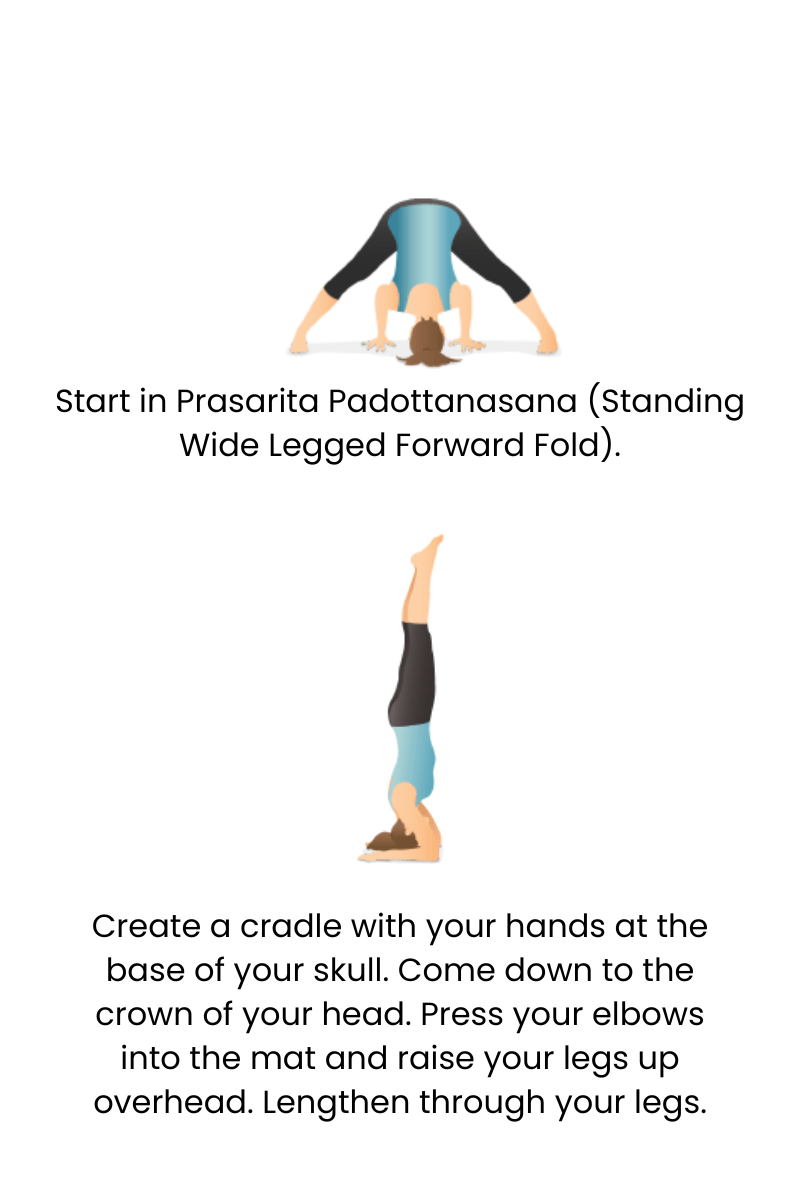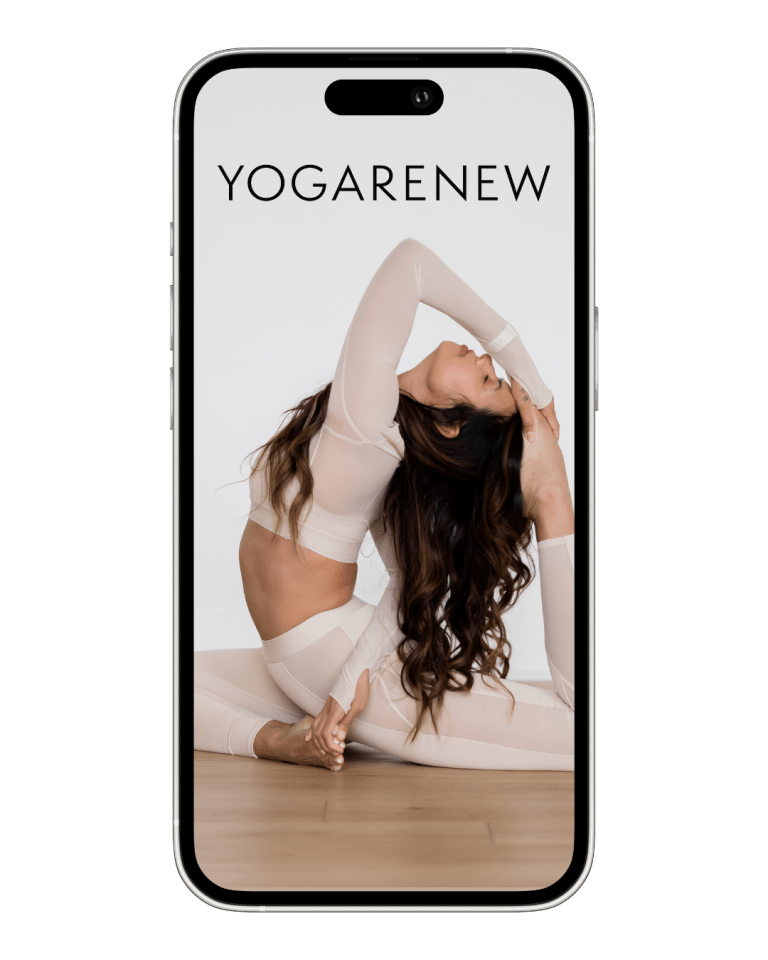What is Headstand?
English Name: Headstand
Sanskrit Name: Sirsasana (pronounced shear-SAH-suh-nuh)
Category: Inversion, Strength, Balance, Intermediate to Advanced
English Name: Headstand
Sanskrit Name: Sirsasana (pronounced shear-SAH-suh-nuh)
Category: Inversion, Strength, Balance, Intermediate to Advanced
Sirsasana, or Headstand, is a powerful and iconic inversion often referred to as the “king of asanas” in traditional yoga. More than just balancing on your head, Headstand is a full-body experience that cultivates core strength, mental clarity, and steady breath awareness.
While it can look intimidating, Headstand becomes accessible through mindful progression, proper alignment, and consistent practice. With support, it transforms into a deeply empowering posture—physically invigorating and mentally grounding.
Begin in a kneeling position and interlace your fingers, forming a triangle base with your forearms on the mat.
Place the crown of your head lightly on the mat, with the back of your head resting in your hands.
Tuck your toes and lift your hips, coming into a Dolphin-like shape.
Walk your feet closer to your elbows until your hips begin to stack over your shoulders.
Engage your core and inner thighs as you lift one foot, then the other, drawing your knees toward your chest.
Once balanced, slowly straighten the legs toward the ceiling, forming a vertical line.
Breathe evenly and hold for 5–10 breaths or longer, based on comfort and control.
To exit, slowly bend the knees, lower the feet to the mat, and rest in Child’s Pose.
*Always warm up the shoulders, neck, and core before attempting Headstand.


Neck or Cervical Spine Injuries: Avoid putting pressure on the head and neck
Glaucoma or Eye Conditions: Increased pressure may be harmful
High or Low Blood Pressure: May exacerbate symptoms—consult your doctor
Heart Conditions: Inversions may be contraindicated
Pregnancy: Only practice under guidance and if previously established in your practice
Wall Support: Practice with your back toward a wall for security
Half Headstand: Keep knees bent at the chest to build control before extending
Forearm Balance or Dolphin: Build strength before full inversion
Spotter or Teacher Assistance: Use guidance to enter and exit safely
Tripod Headstand (Sirsasana II): Hands and head form a triangle, with head on the mat
Lotus Headstand: Add a Lotus leg position for advanced expression
Straddle or Pike Entry: Use different leg positions to enter with more control
Scorpion Variation: Combine with a backbend in advanced variations
Putting too much weight on the head: Shoulders and arms should support most of your weight
Kicking up aggressively: This leads to instability and risk of falling
Hands too wide or too narrow: Disrupts your base and balance
Overarching the lower back: Engage the core to maintain a straight line
Holding the breath: Breathe calmly and consciously throughout the pose
Neck Pain or Injury: Avoid placing pressure on the cervical spine
Fear or Panic Response: Work with a wall or teacher until you feel confident
Lack of Upper Body Strength: Build strength through Dolphin, Plank, and Forearm Stand
Chronic Headaches or Migraines: Headstand may trigger or worsen symptoms
Unprepared Nervous System: Practice grounding poses like Legs-Up-the-Wall instead
Headstand offers more than just the thrill of being upside down—it’s a discipline of balance, breath, and inner focus. It teaches trust in your body, clarity in your mind, and control in your breath. Practiced with awareness and preparation, Sirsasana becomes not only a physical inversion but a perspective shift that awakens your entire practice.
Not necessarily—but proper preparation and guidance are essential.
Only if done with poor alignment or too much weight on the head. Use the forearms and shoulders to support.
If you are warmed up, well-aligned, and healthy, yes—but always listen to your body.

Explore classes & pose tutorials for any style, format, duration or experience level with a free account in the YogaRenew app. Or subscribe and gain access to workshops, live classes and more.